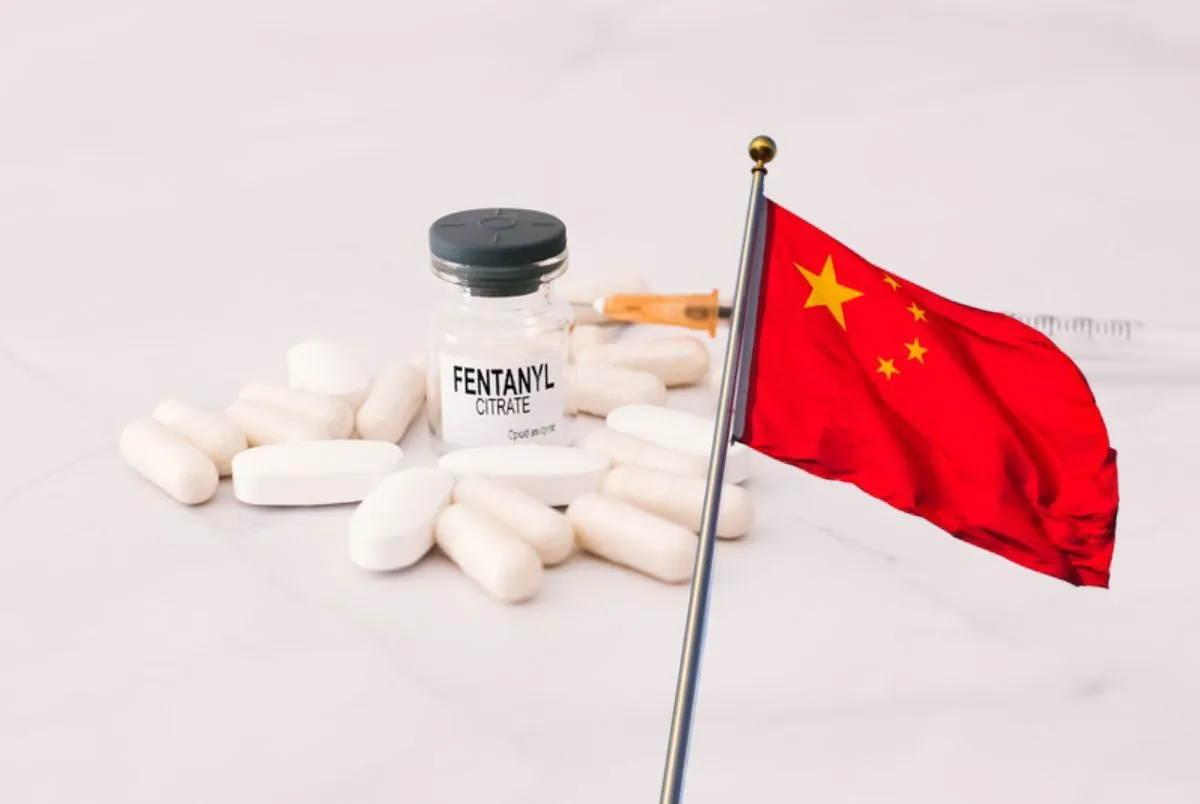US-China Fentanyl Crisis: Bridging Gaps for Effective Cooperation
The US faces a severe fentanyl crisis, with China believed to be the primary source of precursors. Perception gaps and geopolitical tensions hinder effective collaboration, necessitating improved understanding and cooperation.

The United States is currently grappling with a severe fentanyl crisis, with over 100,000 drug-related deaths recorded in 2023, approximately 70% attributed to fentanyl and other synthetic opioids. This figure surpasses annual fatalities from car accidents and gun-related violence combined. The crisis has become a significant election issue, with 80% of swing-state voters considering it important in their voting decisions.
China is believed to be the primary source of fentanyl precursors, despite the country's efforts to combat drug trafficking. In 2019, China took the lead globally by scheduling fentanyl substances as a whole class, and no fentanyl or analogues originating from China have been seized in the US since September 2019. Recently, the Chinese government has reportedly shut down 14 digital sales platforms and removed over 1,000 online stores selling precursor chemicals.

However, cooperation between the US and China on counternarcotics has been inconsistent. While a summit between US President Joe Biden and Chinese President Xi Jinping in November 2023 led to resumed cooperation, significant challenges remain. These include:
- Perception gaps regarding China's role in the fentanyl supply chain
- Differing motivations for cooperation
- Disagreements on the root causes of the crisis
- Divergent approaches to global narcotics governance
US officials continue to press Beijing for more substantial action, with some lawmakers claiming that the Chinese government "directly subsidizes" the manufacturing and exporting of illicit fentanyl. China, on the other hand, dismisses these accusations as false and lacking evidence.
The two countries also have different approaches to drug control and global governance. The US emphasizes voluntary participation, harm reduction, and community reintegration, while China relies on a centralized and involuntary approach. In terms of global governance, the US focuses on developing new coalitions, while China prefers to work within existing structures such as the United Nations Office on Drugs and Crime and the International Narcotics Control Board.
"Defining the Chinese government's role in this way misinterprets normal, legal economic activities of China on the basis of malicious political bias. It also dampens the momentum of U.S.-China cooperation."
To advance collaboration, both nations must move past blaming and focus on evidence-based solutions. This requires frequent communication at official and expert levels, with regular progress reports. The bilateral counternarcotic working group initiated in January 2024 and a direct line of communication on emerging threats from new synthetic substances established in June 2024 are positive steps, but a comprehensive approach is essential.
Both countries should be open to learning from each other's best practices and exploring innovative collaborations that transcend traditional law enforcement approaches. By fostering mutual understanding of their respective policy measures, the US and China can build the trust crucial for effective partnership.
It's worth noting that fentanyl, which is 50 to 100 times more potent than morphine, marks the beginning of a new era of synthetic opioids. This presents a unique opportunity for the US and China to establish cooperative models that could enhance international counternarcotics efforts for generations. Failure to collaborate effectively will impair global approaches to combating future designer synthetic opioids, which will be manufactured with constantly evolving chemical formulas.
As the fentanyl crisis continues to claim lives, it is crucial for both nations to overcome their differences and work together to address this global threat. The stakes are too high to let geopolitical rivalries and perception gaps hinder progress in combating the fentanyl epidemic.


































